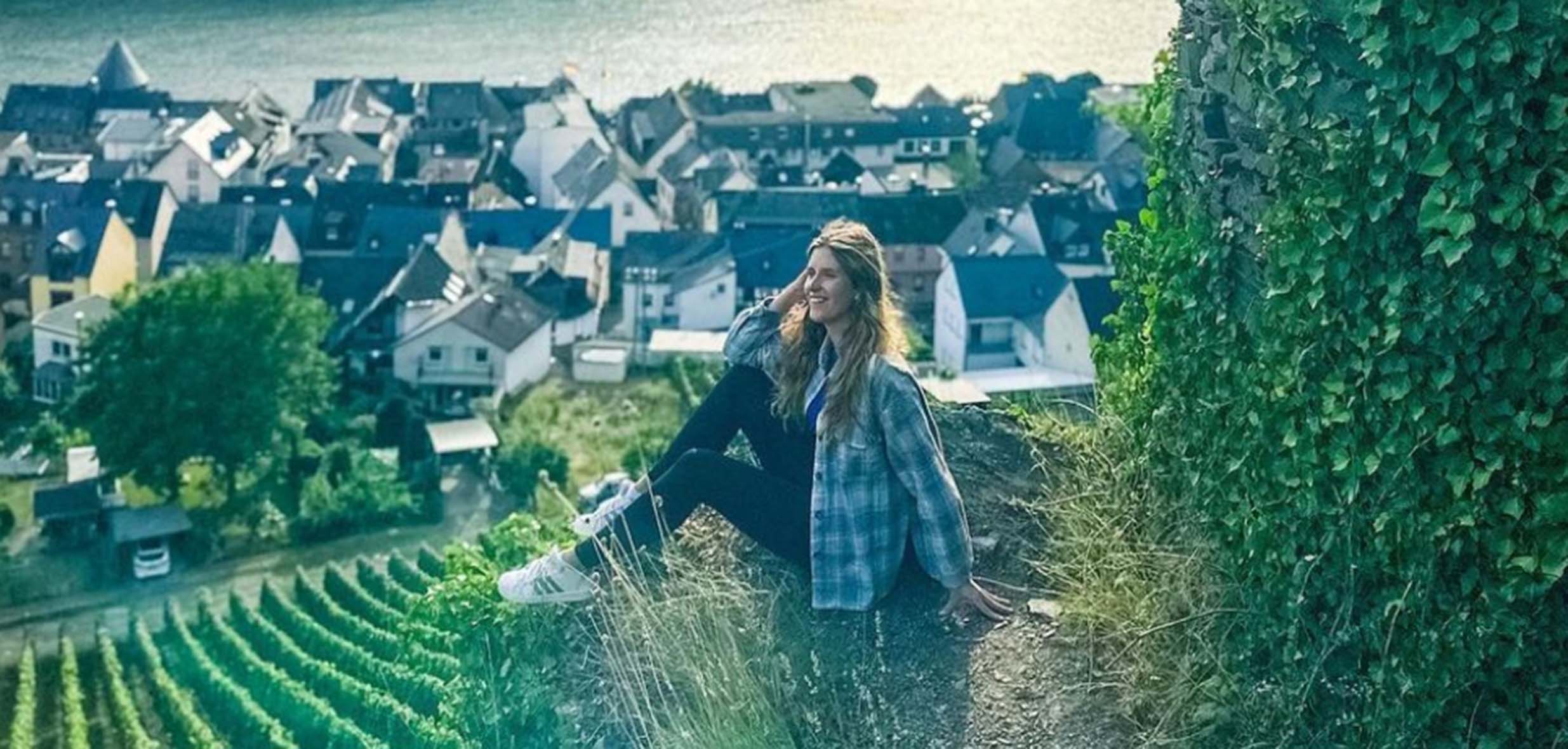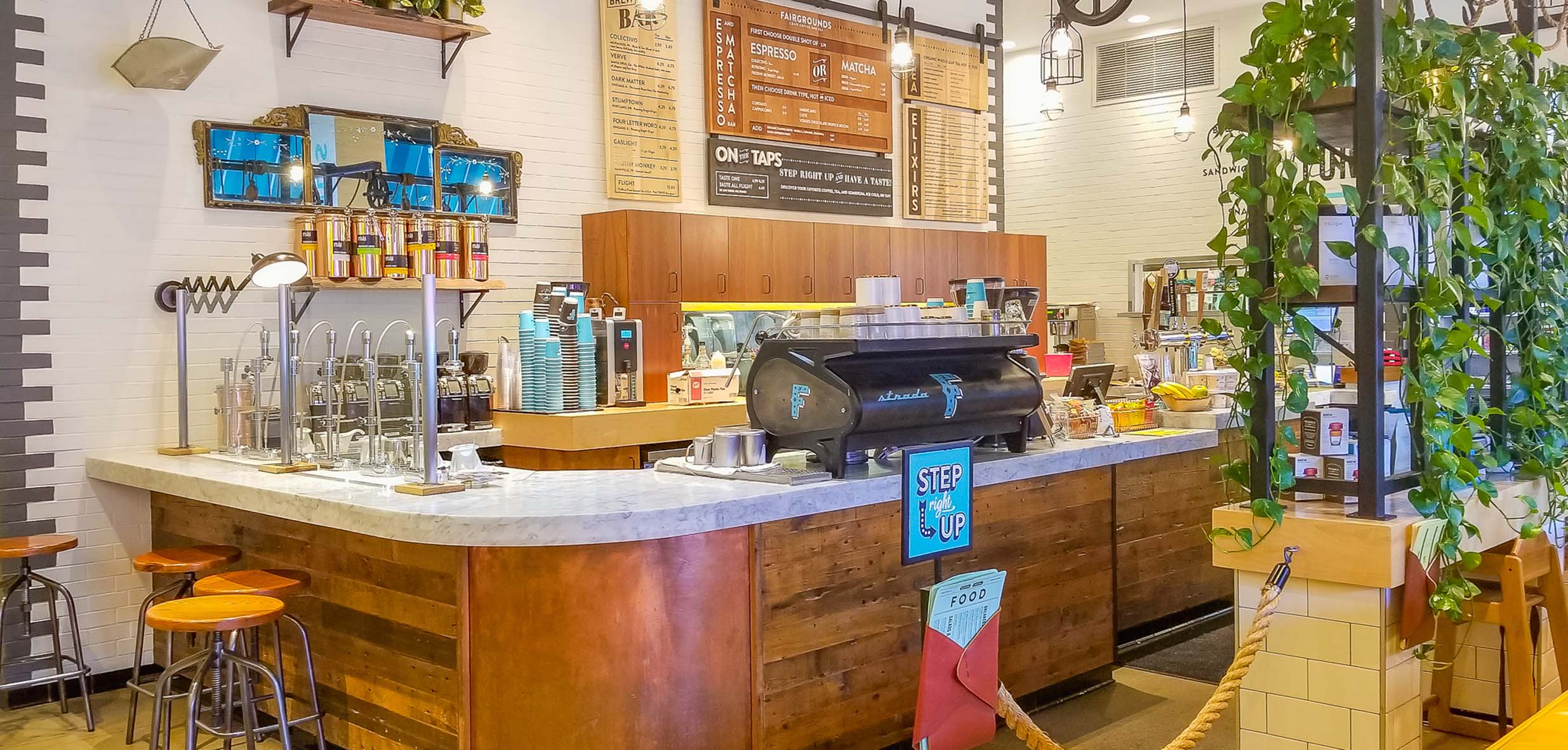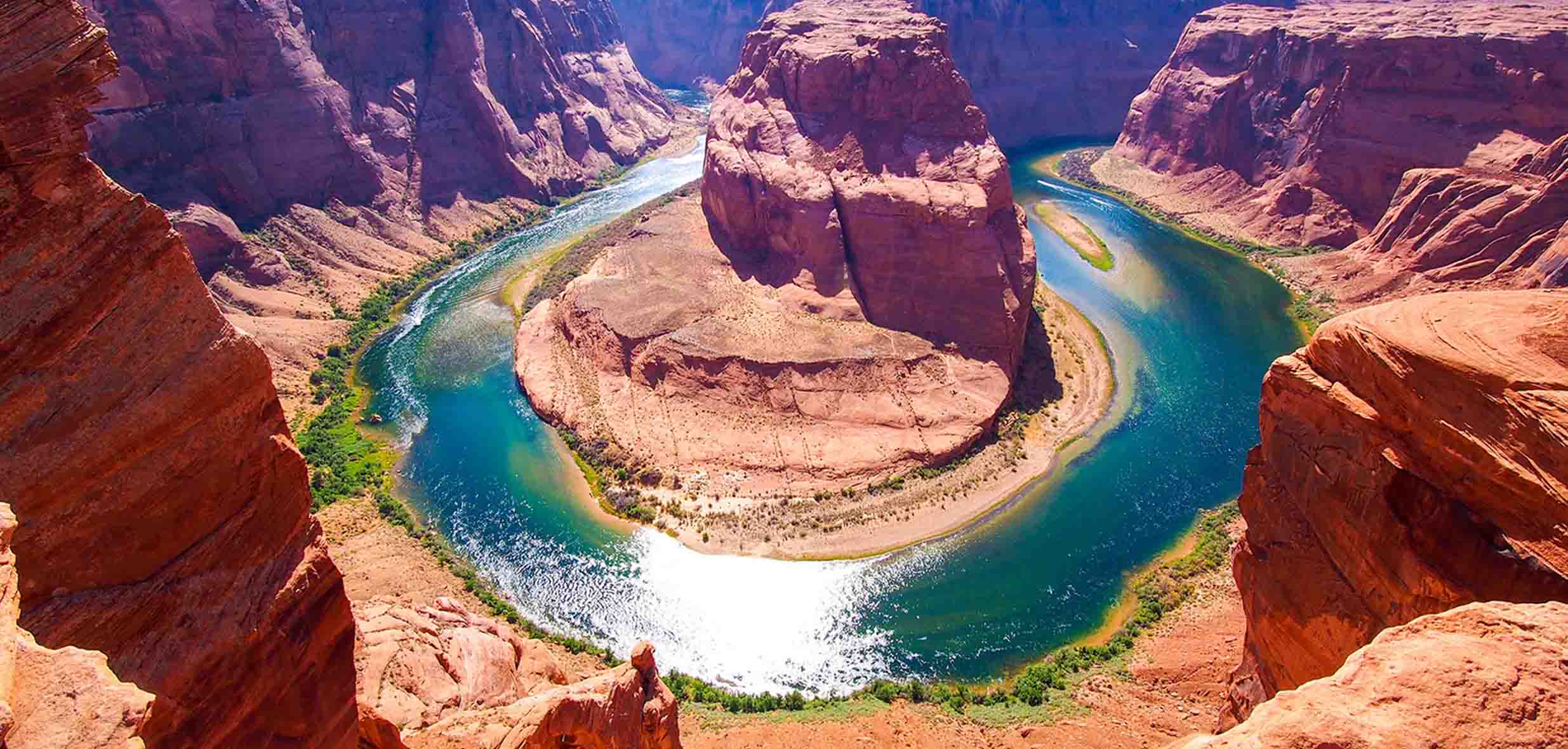Discovering the Enchantment of Moselle Valley
Nestled in the heart of Germany, the Moselle Valley unfurls a tapestry of natural splendor, historical intrigue, and cultural richness. I embarked on a journey to explore this captivating region. Here, I present to you a mini travel guide that encompasses the most essential sights, castles, picturesque towns, and engaging activities that the Moselle Valley has to offer.
Sights
Gaierlay Hanging Bridge
The Gaierlay Hanging Bridge is a marvel of engineering, suspended high above the tree canopy in the Hunsrück region. It provides breathtaking views of the surrounding forests and is a must-visit for adventure seekers. Crossing the Gaierlay Hanging Bridge was an exhilarating experience. The sway of the bridge and the panoramic views of the lush greenery below created a sense of awe and wonder. It’s an adventure that truly connects you with nature.
Ticket Information : Access to the bridge is free of charge, making it an accessible and thrilling experience for all. However, consider checking for any parking fees or shuttle service costs.
Historical Insight : While not a historical structure in itself, the bridge offers a modern contrast to the traditional charm of the Moselle Valley, showcasing the region’s blend of natural beauty and contemporary engineering.
Visit the City of Koblenz
Koblenz, nestled at the confluence of the Moselle and Rhine rivers, is a city steeped in history and culture. It is known for its charming old town, stunning riverside promenades, and numerous historical landmarks. Exploring Koblenz felt like stepping back in time. The cobbled streets, medieval architecture, and the imposing Ehrenbreitstein Fortress offered a glimpse into the city’s rich past. The vibrant atmosphere along the riverside promenades added a lively touch to the experience.
Ticket Information : Many of Koblenz’s attractions, including the Ehrenbreitstein Fortress and the Deutsches Eck, may have separate entrance fees. Prices typically range from €5 to €15, depending on the specific site and any guided tours available.
Historical Insight : The city’s significance dates back to Roman times when it was known as Confluentes. The Deutsches Eck, or German Corner, is a historically significant monument where the Moselle meets the Rhine, symbolizing German unity.
Deutsches Eck (German Corner)
The Deutsches Eck is a prominent monument located at the confluence of the Moselle and Rhine rivers. It is a symbol of German unity and a tribute to the nation’s history. Standing at the Deutsches Eck, with the majestic rivers converging, was a powerful experience. The towering equestrian statue of Emperor William I and the surrounding historical flags created a sense of national pride and reverence.
Ticket Information : Access to the open-air monument is typically free of charge. However, there may be fees for any guided tours or exhibitions in the nearby area.
Historical Insight : The original monument was erected in the late 19th century to honor Emperor William I, the first German Emperor. It was later destroyed during World War II and rebuilt as a symbol of post-war reunification.
Ehrenbreitstein Fortress
Perched high above the Rhine River, the Ehrenbreitstein Fortress is a formidable structure with a history dating back over a thousand years. It offers panoramic views of Koblenz and the surrounding landscapes. Exploring the Ehrenbreitstein Fortress was like stepping into a living history book. The well-preserved walls, tunnels, and exhibitions provided a fascinating journey through time. The view from the fortress ramparts was simply breathtaking.
Ticket Information : Entrance to the fortress typically requires a ticket, which ranges from €5 to €10. There may be additional fees for guided tours or special exhibitions.
Historical Insight : The fortress has played a crucial role in the region’s history, serving as a strategic military stronghold. Its origins can be traced back to Roman times, and it has witnessed numerous historical events over the centuries.
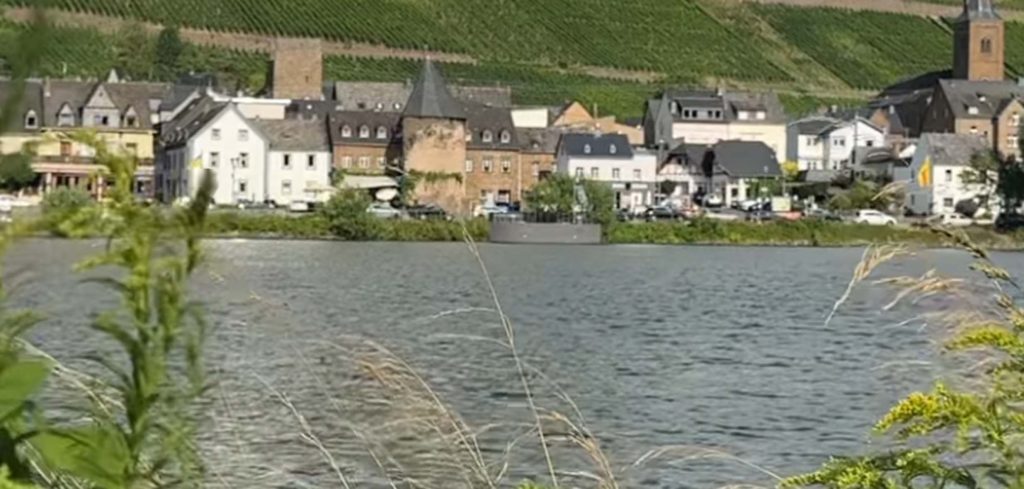
Observation Tower Prinzenkopf
The Prinzenkopf Observation Tower is a hidden gem offering spectacular views of the Moselle River and the surrounding vineyards. It provides a unique perspective of the region’s natural beauty. Ascending the tower and gazing out at the Moselle loop below was a serene and awe-inspiring experience. The gentle rustling of leaves and the distant murmur of the river created a sense of tranquility.
Ticket Information : Access to the observation tower is often free of charge, making it an accessible stop for visitors. However, consider checking for any parking fees or guided tour options.
Historical Insight : While the tower itself may not have a significant historical background, it stands as a testament to the appreciation of the Moselle Valley’s beauty and the desire to share it with visitors.
These captivating sites in the Moselle Valley offer a rich tapestry of history, natural beauty, and cultural significance. Before planning your visit, be sure to check for any updates in ticket prices or operating hours. Enjoy your exploration of this remarkable region!
Castles: Exploring Architectural Marvels
Castle Eltz
Castle Eltz is a masterpiece of medieval architecture nestled in a pristine forest. With its turrets and towers, it’s the epitome of a fairy-tale castle. This historic gem has remained in the same family for over 850 years. Walking through the halls of Castle Eltz transported me back in time. The intricately furnished rooms, ancient artifacts, and stunning views of the Elzbach River below were nothing short of magical.
Ticket Information : Entry to Castle Eltz requires a ticket, which costs approximately €12 for adults and €6 for children. Guided tours are available in various languages, providing invaluable insights into the castle’s history.
Historical Insight : Castle Eltz has a rich and storied past, having survived numerous wars and conflicts. Its enduring presence is a testament to the resilience of medieval architecture.
Imperial Castle Cochem
The Imperial Castle Cochem, perched high above the town of Cochem, is a striking example of Romanesque Revival architecture. Its fairytale-like appearance and commanding presence make it a highlight of the Moselle Valley. The Imperial Castle Cochem is a true architectural gem. The intricately designed interiors, including the Knights’ Hall and the impressive dining room, offer a glimpse into the opulent lifestyle of the castle’s former inhabitants. The panoramic views of the Moselle River and the town of Cochem are simply breathtaking.
Ticket Information : Admission to the Imperial Castle Cochem is approximately €7 for adults and €4 for children. Guided tours are available and enhance the visitor’s understanding of the castle’s history.
Historical Insight : The castle has a storied past, with origins dating back to the 11th century. It was destroyed by the French in the 17th century and subsequently rebuilt in the 19th century in a style reminiscent of the Romantic period.
Castle Metternich
Castle Metternich, situated in the heart of Beilstein, is an intimate and well-preserved castle that exudes charm and history. Its location on the banks of the Moselle River adds to its allure. Visiting Castle Metternich felt like stepping into a time capsule. The authentic furnishings and displays provided a genuine sense of what life was like in a medieval castle. The views from the castle tower offered a unique perspective of the Moselle Valley.
Ticket Information : Admission to Castle Metternich is approximately €4 for adults and €2 for children. Guided tours, conducted by knowledgeable hosts, offer a deeper understanding of the castle’s history and significance.
Historical Insight : Castle Metternich was originally constructed in the 12th century and served as a toll castle along the Moselle River. Its well-preserved state today is a testament to the efforts to conserve the region’s historical heritage.
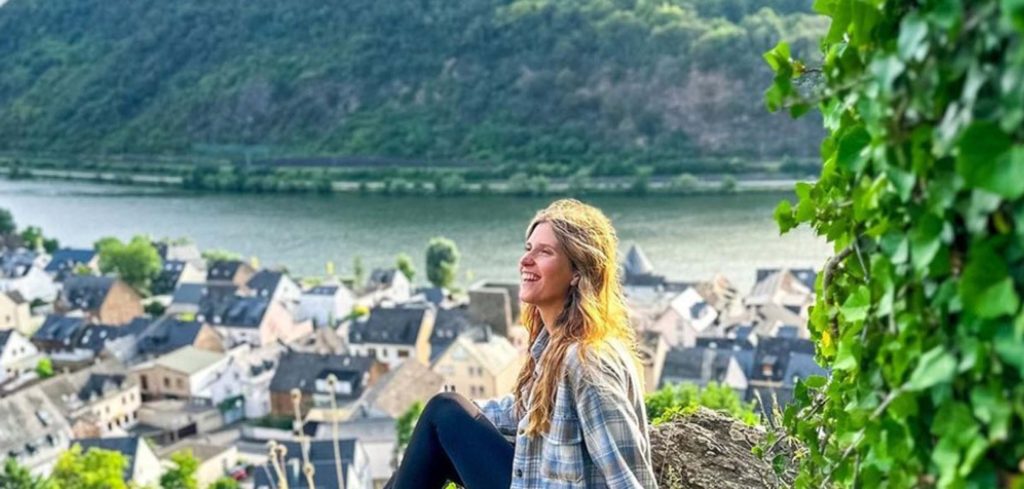
Ehrenburg
Ehrenburg, located in Brodenbach, is a meticulously restored castle complex that offers an immersive journey into medieval life. Its educational programs and interactive exhibits make it a family-friendly destination. Exploring Ehrenburg was a captivating blend of history and hands-on learning. The reenactments and workshops provided a vivid understanding of medieval craftsmanship and daily life. The castle’s commanding position along the Moselle offered stunning views of the surrounding landscapes.
Ticket Information : Admission to Ehrenburg varies depending on the chosen activities and programs. Basic entry typically starts at €5 for adults and €3 for children, with additional fees for workshops and special events.
Historical Insight : Ehrenburg dates back to the 12th century and has witnessed a diverse history, including periods of decline and restoration. Today, it stands as a living museum dedicated to preserving the heritage of the Moselle Valley.
Ruins of Castle Coraidelstein
The Ruins of Castle Coraidelstein, situated in Briedern, are a fascinating glimpse into the past. While the castle lies in partial ruins, it still evokes a sense of medieval grandeur. Exploring the ruins of Castle Coraidelstein allowed me to imagine its former glory. The remnants of the fortifications and the panoramic views from the hilltop location provided a tangible connection to history.
Ticket Information : Access to the ruins is typically free of charge, allowing visitors to freely explore the site. Donations for preservation efforts are appreciated.
Historical Insight : Castle Coraidelstein, though in ruins, speaks to the once-mighty presence of fortifications along the Moselle. Its history is intertwined with the strategic importance of the region.
These captivating castles and ruins of the Moselle Valley offer a window into the region’s storied past and provide a unique opportunity to immerse oneself in history. Before planning your visit, be sure to check for any updates in ticket prices or operating hours. Enjoy your exploration of these remarkable historical sites!
Most Scenic Towns: Discovering Quaint Charms
Cochem
Cochem, nestled along the banks of the Moselle, is a town straight out of a storybook. Its crowning jewel, the Imperial Castle Cochem, overlooks the town and the river, offering a breathtaking view of the surroundings. Wandering through the cobbled streets of Cochem felt like stepping back in time. The colorful half timbered houses and the lively marketplace created a warm and inviting atmosphere. The visit to the Imperial Castle, with its stunning architecture and panoramic views, was a highlight of the trip.
Ticket Information : Admission to the Imperial Castle Cochem is approximately €7 for adults and €4 for children. Guided tours enrich the experience and offer deeper insights into the castle’s history.
Historical Insight : The history of Cochem is deeply intertwined with that of the Imperial Castle. While the town itself has ancient origins, the castle has seen periods of destruction and reconstruction, culminating in its current picturesque form.
Bernkastel Kues
Bernkastel Kues, located in the heart of the Moselle Valley, is a town known for its romantic charm and exceptional wines. The picturesque town center and the serene Moselle promenade make it a perfect destination for leisurely strolls. Bernkastel Kues exuded a tranquil beauty that instantly captivated me. The timber framed houses lining the narrow streets, along with the vibrant market square, created a postcard perfect scene. The leisurely walk along the Moselle promenade offered breathtaking views of the river and the vineyard covered hills.
Ticket Information : Most of the attractions in Bernkastel Kues, such as the town square and the riverside promenade, are open to the public free of charge. Guided tours or visits to specific historical sites may have separate fees.
Historical Insight : The town’s history dates back over a thousand years, and its well preserved architecture reflects its rich heritage. The iconic timber framed houses are a testament to the craftsmanship of centuries past.
Beilstein
Beilstein, often referred to as the “Sleeping Beauty of the Moselle,” is a small town steeped in history and nestled between vineyard covered hills. Its charming streets and the imposing ruins of Castle Metternich make it a hidden gem. Beilstein truly lived up to its reputation as a hidden gem. The well preserved medieval architecture and the cobblestone streets created a sense of timelessness. The climb to the ruins of Castle Metternich, with its panoramic views, was a highlight of my visit.
Ticket Information : Access to Beilstein is typically free of charge. Entry to specific historical sites, such as Castle Metternich, may have a nominal fee.
Historical Insight : Beilstein’s history is intertwined with that of Castle Metternich. The castle served as a toll station and a symbol of power in the region. Today, its ruins stand as a reminder of the town’s medieval past.
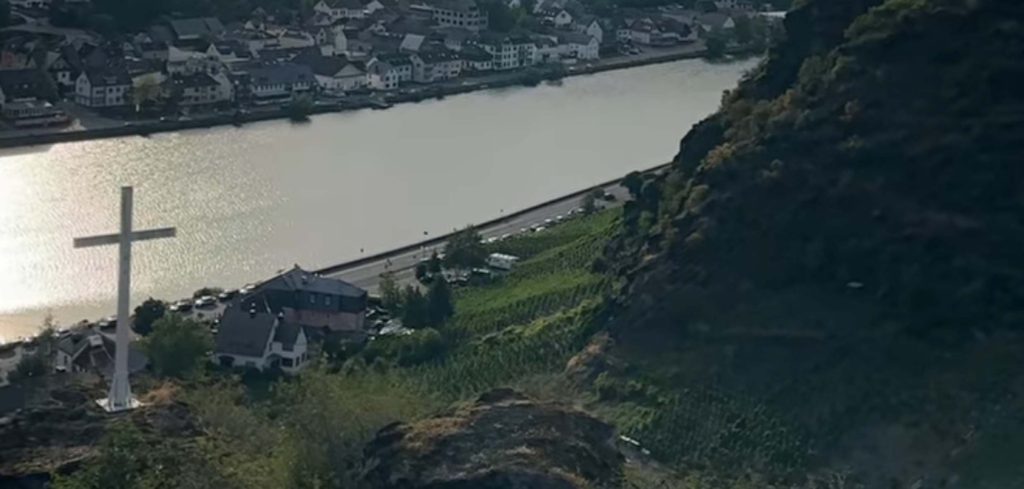
Zell
Zell, known for its excellent wines and charming old town, is a destination that combines natural beauty with cultural richness. The historic town center and the idyllic riverside promenade make it a delightful stop along the Moselle. Zell was a delightful blend of vineyard draped hills and quaint town charm. The lively marketplace and the serene Moselle promenade created a harmonious atmosphere. Sampling the local wines, especially the famous Zeller Schwarze Katz, was a true pleasure.
Ticket Information : Most of Zell’s attractions, such as the town square and the riverside promenade, are open to the public free of charge. Wine tastings at local vineyards may have a nominal fee.
Historical Insight : The town’s history is closely linked to its wine production, which dates back centuries. The legend of the “Black Cat” (Schwarze Katz) wine label adds an intriguing layer to Zell’s wine heritage.
These enchanting towns of the Moselle Valley offer a delightful blend of history, culture, and natural beauty. Before planning your visit, be sure to check for any updates in ticket prices or operating hours. Enjoy your exploration of these remarkable destinations!
Engaging Activities: Immerse Yourself in the Moselle Experience
Embarking on a Bike Tour on the Moselle Cycle Path
Cycling along the Moselle Cycle Path promises a delightful exploration of the region at your own pace. The well marked route follows the river, presenting scenic views and opportunities to visit charming towns and vineyards.
What to Expect : This bike tour offers a sense of freedom, enabling you to cover more ground than on foot. Stop at wineries for tastings, explore historical sites, and relish picnics along the way. The gentle terrain accommodates cyclists of various skill levels.
Special Requirements : Ensure your bike is in good condition and equipped with necessary safety features. Don’t forget to bring a map or GPS device to navigate the cycle path.
Conquering the Calmont Klettersteig Trail
The Calmont Klettersteig Trail offers an exhilarating adventure for hiking enthusiasts seeking a bit of a challenge. This trail takes you through steep vineyard terraces and provides awe inspiring views of the Moselle Valley.
What to Expect : Equipped with safety cables, this trail is suitable for experienced hikers. It provides a unique perspective of the vineyards and the river below. Conquering the Calmont Klettersteig Trail is a thrilling achievement, offering a profound sense of accomplishment.
Special Requirements : This trail demands a good level of fitness and a head for heights. Wear appropriate hiking gear and adhere to safety instructions.
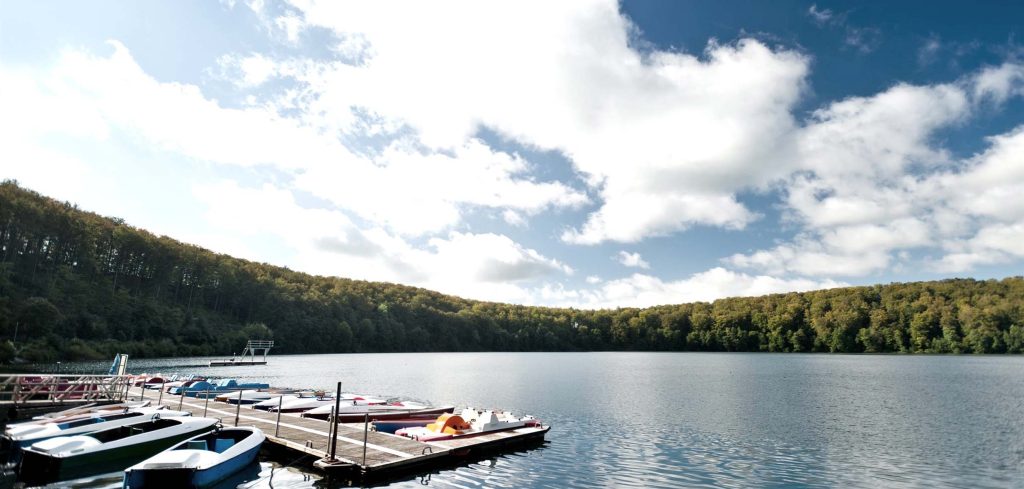
Swimming in a Volcanic Lake e.g. Pulvermaar
Taking a dip in a volcanic lake like Pulvermaar is a refreshing and unique experience. These lakes, formed by ancient volcanic activity, offer crystal clear waters and a serene natural setting.
What to Expect : Swimming in a volcanic lake provides a sense of tranquility and connection to nature. The water is typically clean and cool, making it perfect for a relaxing swim. Surrounding facilities may include picnic areas, walking trails, and water sports equipment rentals.
Special Requirements : Check for any specific rules or safety guidelines provided at the lake, and ensure you have appropriate swimwear and towels.
These activities in the Moselle Valley offer a diverse range of experiences, from leisurely wine tastings to exhilarating hikes.
As I bid farewell to this idyllic landscape, I carried with me memories that would forever be etched in my heart. The Moselle Valley is more than a destination; it’s a tapestry of experiences, a symphony of sights and sensations. It’s a reminder that beauty, both natural and man-made, has the power to transcend time.
May your own journey through the Moselle Valley be filled with the same sense of awe and wonder. May you find yourself captivated by the timeless beauty that graces every corner of this enchanting region. Happy travels!
